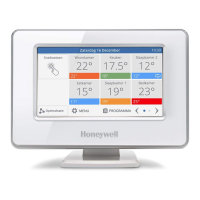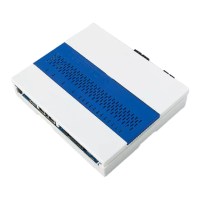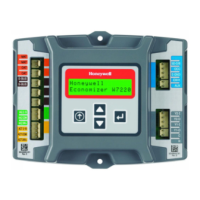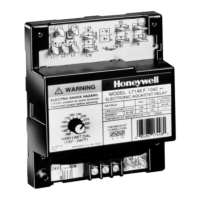ENGINEERING MANUAL OF AUTOMATIC CONTROL
CHILLER, BOILER, AND DISTRIBUTION SYSTEM CONTROL APPLICATIONS
383
Fig. 126. District Heating Network.
demand as a function of the day of the week, time of day, and
weather conditions must be predicted in order to manage the
heat supply in the most efficient manor. In combined heat and
power (CHP) plants the electrical power generation must also
be considered.
Managing a system requires highly sophisticated dedicated
software and highly reliable control equipment. The software,
which includes demand prediction and total energy
management functions, plays an important role in the efficiency
of CHP systems.
ABBREVIATIONS
CHP — Combined Heat & Power.
DH — District Heating.
DHW — Domestic Hot Water.
ESD — Emergency Shut Down systems
HES — Heat Exchanger Substation.
HEX — Heat Exchanger.
HTS — Heat Transfer Station.
OAT — Outdoor Air Temperature.
PRF — Primary Network Return Flow.
PSF — Primary Network Supply Flow.
RT — Return Water Temperature.
SRF — Secondary Network Return Flow.
SSF — Secondary Network Supply Flow.
The transfer medium is generally hot water at temperatures up
to 400F and pressures up to 290 psi. The optimum operating
conditions, temperature and pressure, depend on the structure and
dimensions of the network and the heat source. The water
temperature is generally limited to 265F on the supply side. In
fact, many networks now keep the supply temperature under 180F
allowing use of lower cost equipment and fewer safety devices.
See HOT WATER DISTRIBUTION SYSTEMS and HIGH
TEMPERATURE WATER HEATING SYSTEM CONTROL.
Outdoor Air Temperature Control reduces the supply
temperature in a network with increasing outdoor temperature.
The Return Water Temperature in a DH Network is controlled
to not exceed either a fixed or variable temperature level.
THE SUBSTATION
Substations house heat exchangers which transfer the required
heat from the distribution network to individual building
heating networks (customer). In some cases, a large heat
exchanger station (HES) is required between different types
of networks. The HES transfers heat from high power primary
networks to smaller secondary networks with lower
temperatures and pressures.
A DH system only works efficiently if all components are
matched to one another. The heat source must deliver the
required heat at the lowest cost level, 365 days a year. Heat
M11434
STEAM
FUEL 100%
LOSS 10%
OTHER LOSSES 5%
POWER 35 – 40%
GENERATOR
COOLING WATER
LOSS 10 – 35%
FEED WATER
HEAT 40 – 10%
PSF
SSF
SRF
PRF
SUBSTATION
(HEAT EXCHANGER)
BUILDING
(CUSTOMER)
BOILER
TURBINE
HEAT GENERATION
DISTRIBUTION

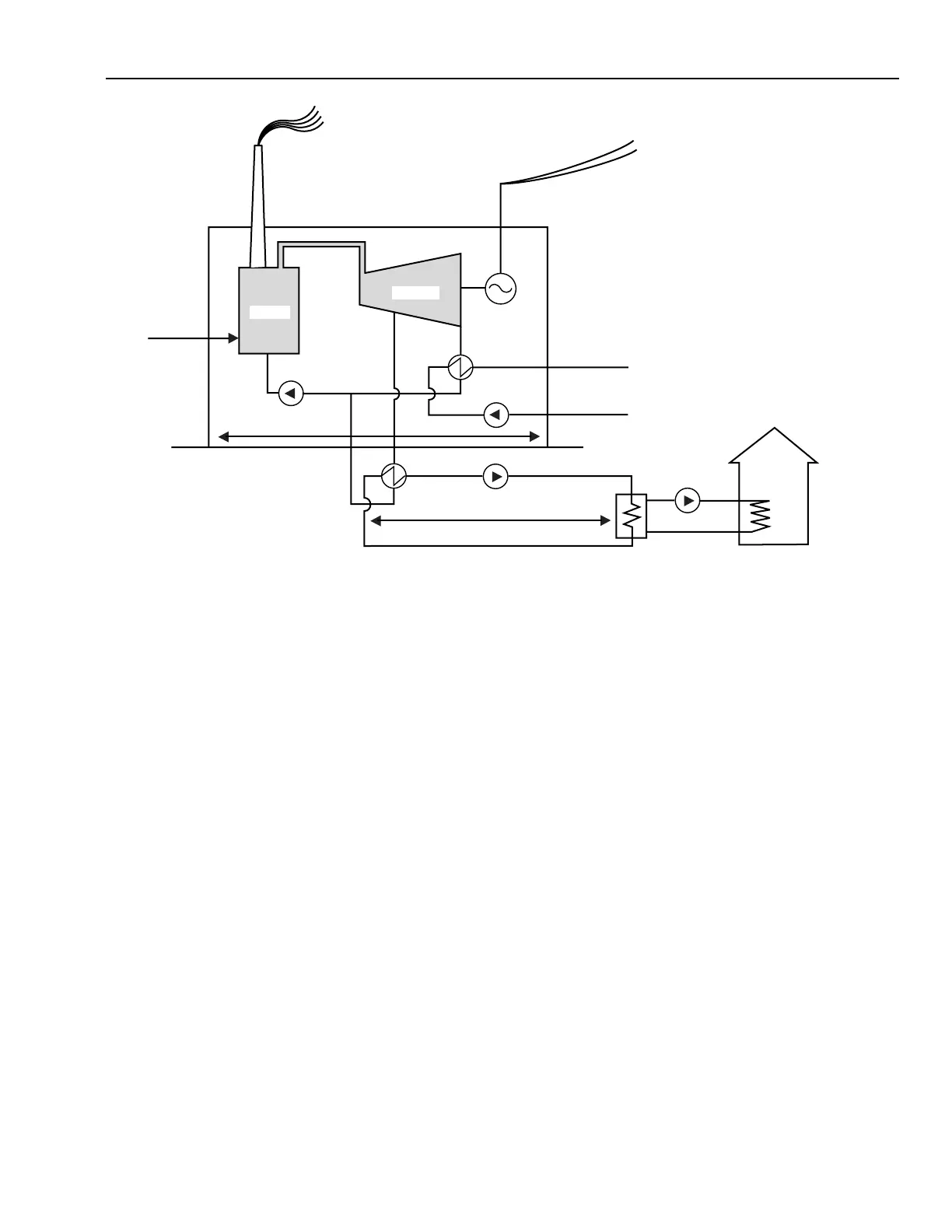